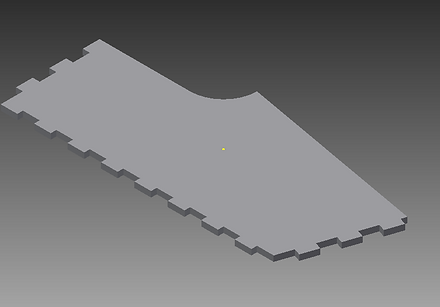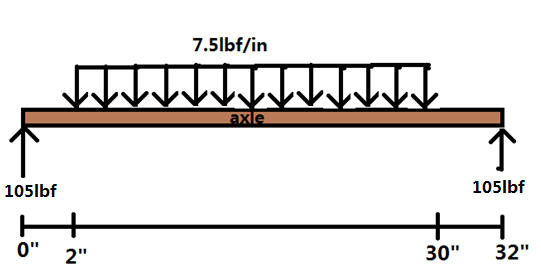
Sketch Model Challenge
The Sketch Model Challenge consists of building a device, made completely out of paper products, with the final product being put through the test of acting as a dodgeball war machine. In the game, one player is the rider and another player acts to move the device and rider. The rider plays dodgeball, with the restriction that he or she cannot touch the ground. General dodgeball rules apply only to the player who is inside the device, not to the player who is moving it.
Sketching and prototyping are vital stages of the design process. The sketch model challenge introduces us to the materials commonly used in sketch modeling and exhibits the significance of craftsmanship in prototyping. I worked with my team to build a device capable of being pushed/pulled by one person such that the person in the device did not touch the ground.
Functional requirements are set to make sure we are on the right track. Our functional requirements are
-
Device must be able to hold a 200lb person
-
Device must cover 60% of the body of the riding team member
-
Device must cost less than $100 to manufacture
-
Device must turn 90 degrees in less than 5 seconds
-
Device must have a maximum speed of more than 3ft/s


By following the functional requirements, we started brainstorming and came out with 50 designs and narrowed it down to one design. By using Autodesk Inventor to draw out all the parts, we make sure all our parts are fitting nicely. Wedges design is being used for a stronger connection between parts.
Analysis
Calculation of forces acting on the axle was crucial to make sure that this design would work. The free body diagram in Figure 4 shows the forces acting on the wheel axle under the assumption that force is distributed equally along the bottom part of model. Figure 5 shows the diagrams of shear force and moment of the axle.
By using the singularity function and Castigliano’s method, we are able to calculate for the deflection of the beam. And the result is 0.007733 inch which is acceptable.
Due to weather conditions, last minute modifications were made to the model in order to increase its performance on the snow. The wheels and axles were removed on the day of the dodgeball competition and Figure 7 shows our final model.
Conclusion
Our model that we developed performed well in the dodgeball game, holding a person of 200lb, hiding more than 60% of our body in it, and turning instantly in any direction. Unfortunately, the total cost went over our $100 limit due to design changes and the addition of wheels. Another comment is that it was very difficult to move at or above 3 ft/sec. In the end, our physical design requirements were met, even though budget was slightly overshot.
During the games, our model lasted very well until near the end. Unexpectedly, the back of our cart was broken during the match. This did not cause any mobility problems although it significantly decreased the protective covering of the rider.
A serious drawback to our model was the difficulty of moving it. Since the snow was deep and our design did not have a very large bottom surface area, it tended to get stuck in the snow rather than slide on top. It would have been smarter to design a larger area on the bottom for decreased pressure and better sliding.
In the end, the sketch model challenge was a valuable learning experience. We all strongly agree that teamwork and good cooperation was important to the success of our project. It was easy to divide work and there was a good mix of team effort. Our team was able to combine our design ideas into one coherent model that survived game day and met all but one of our functional requirements.
See this project in a report format

